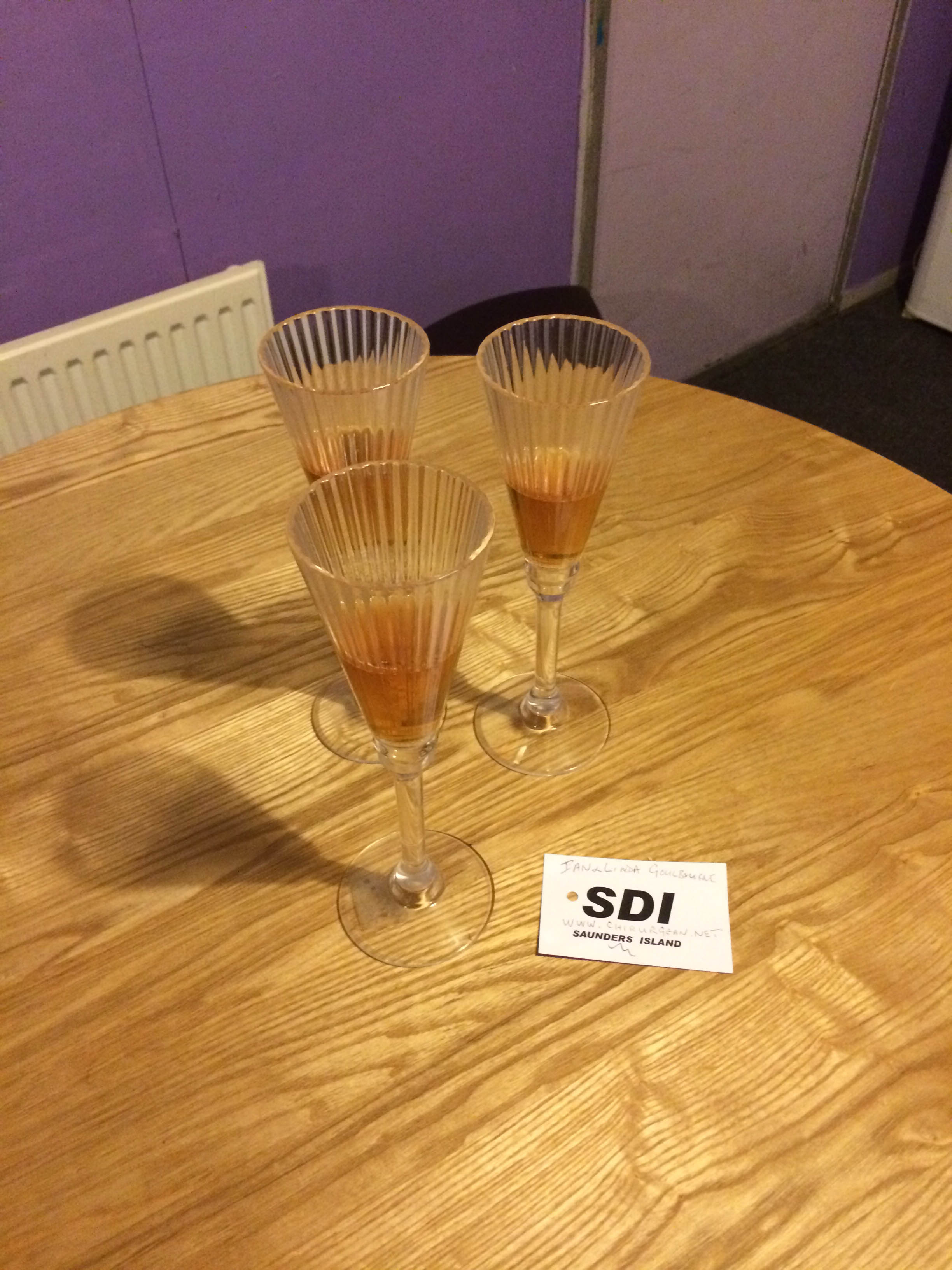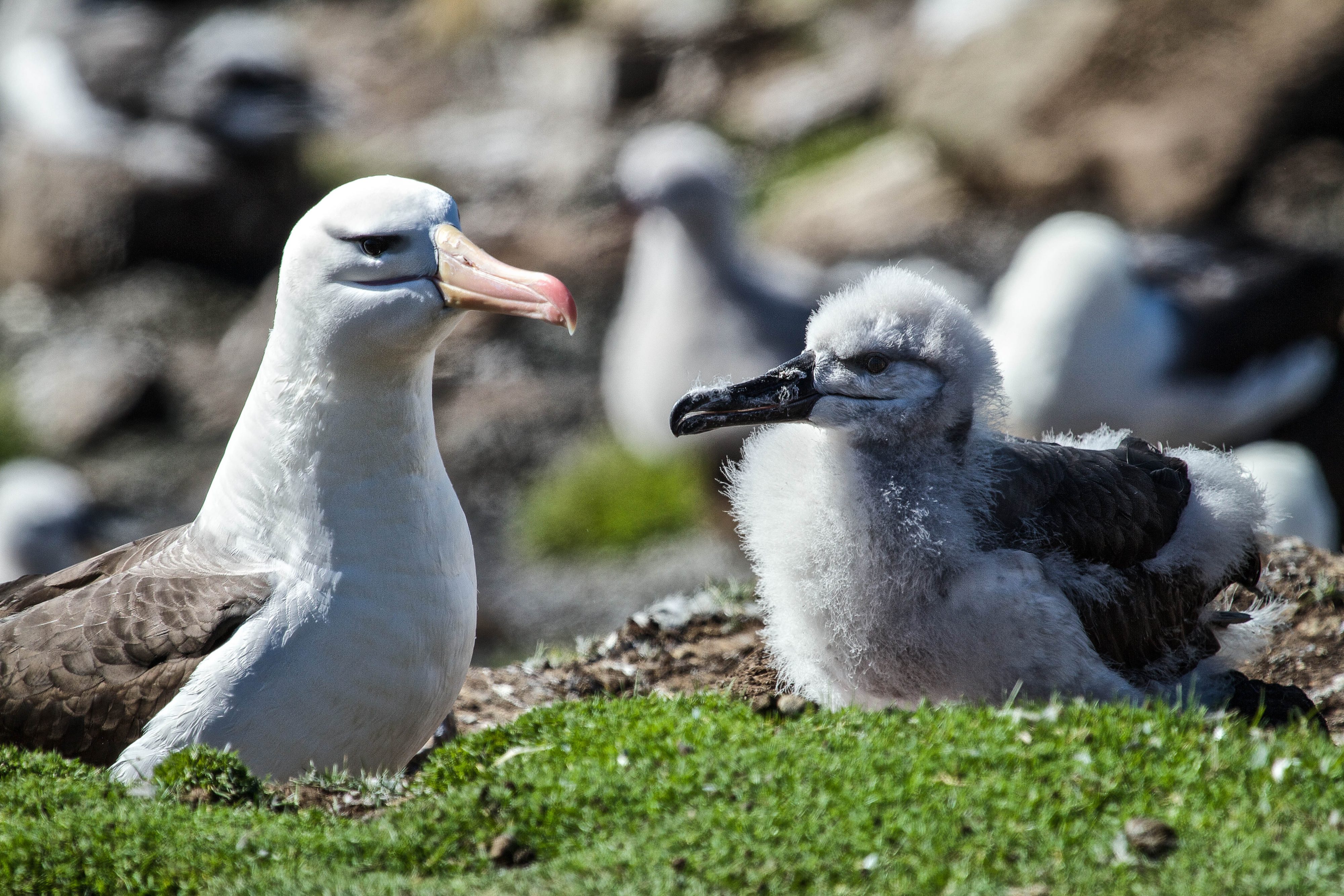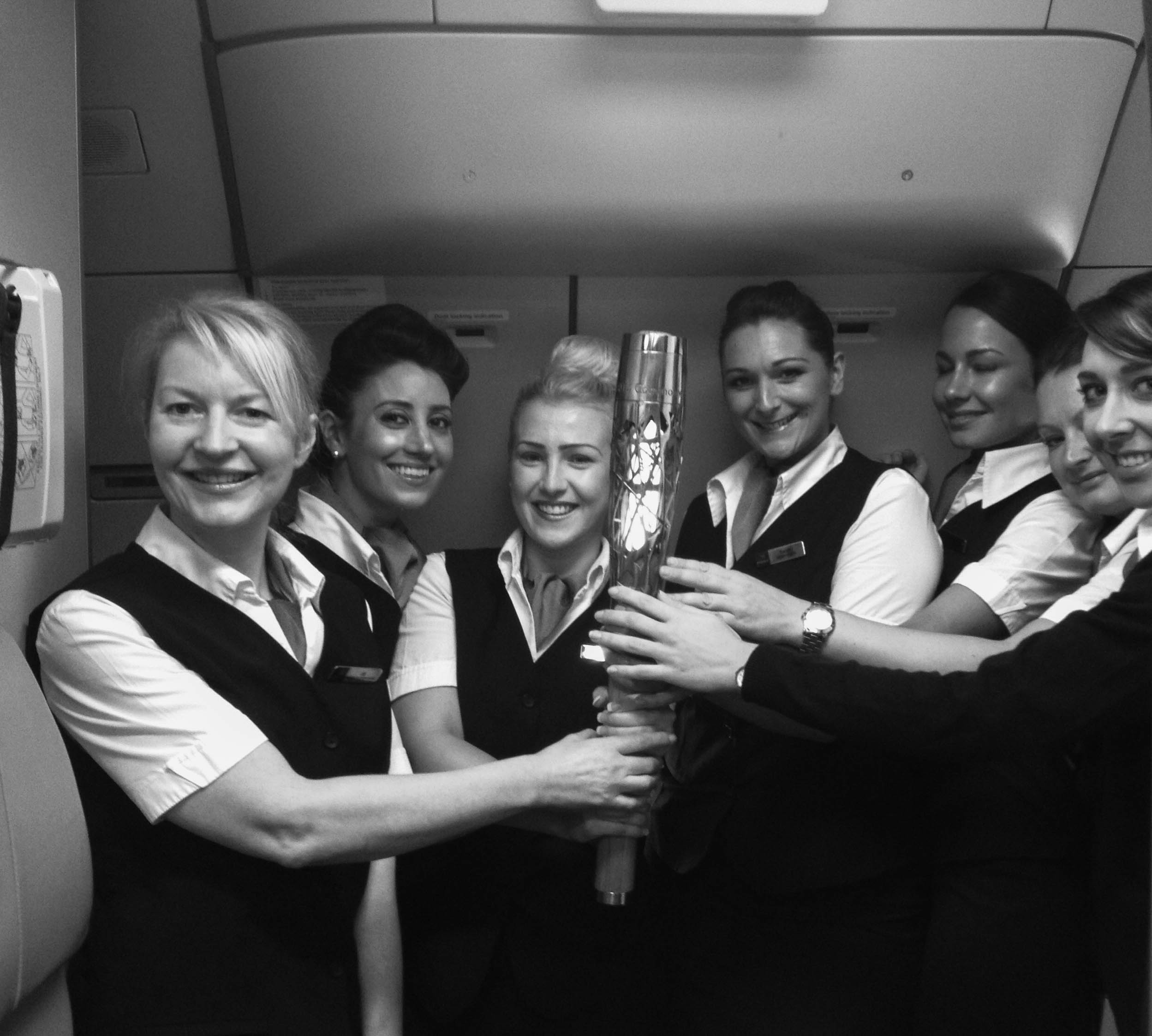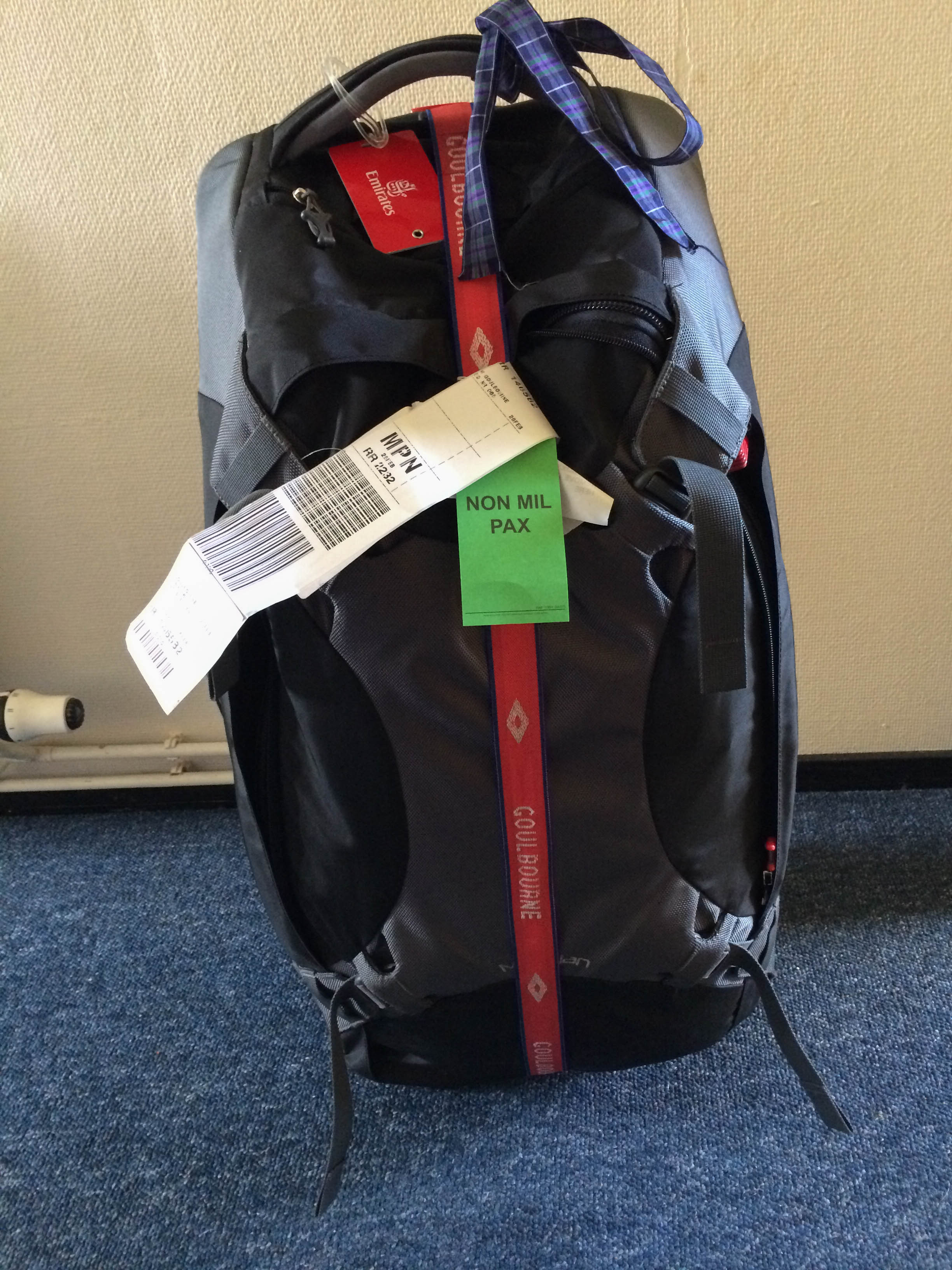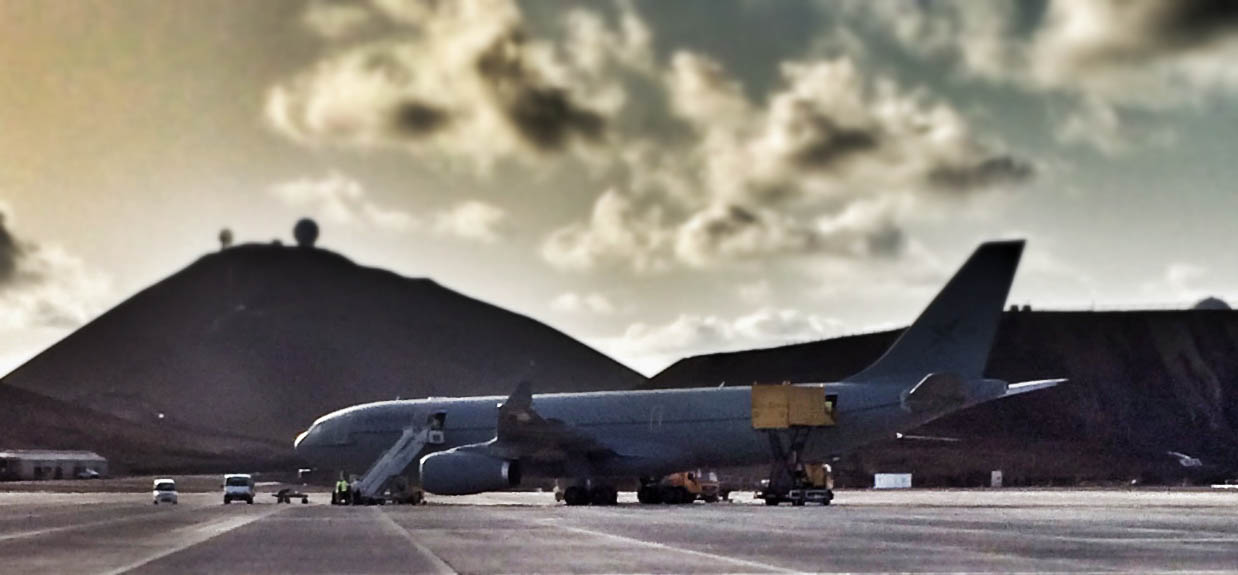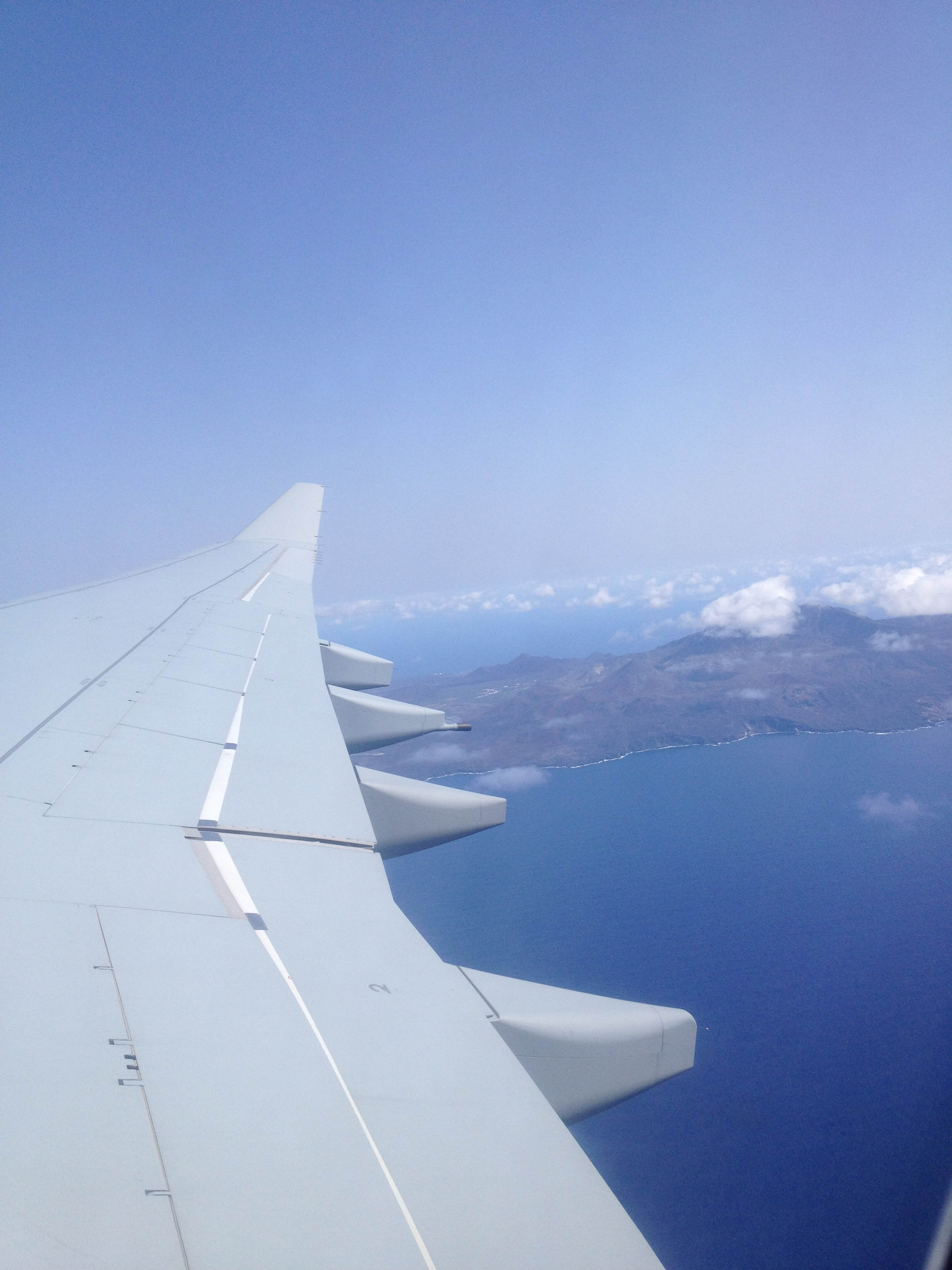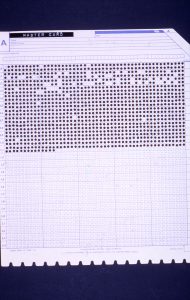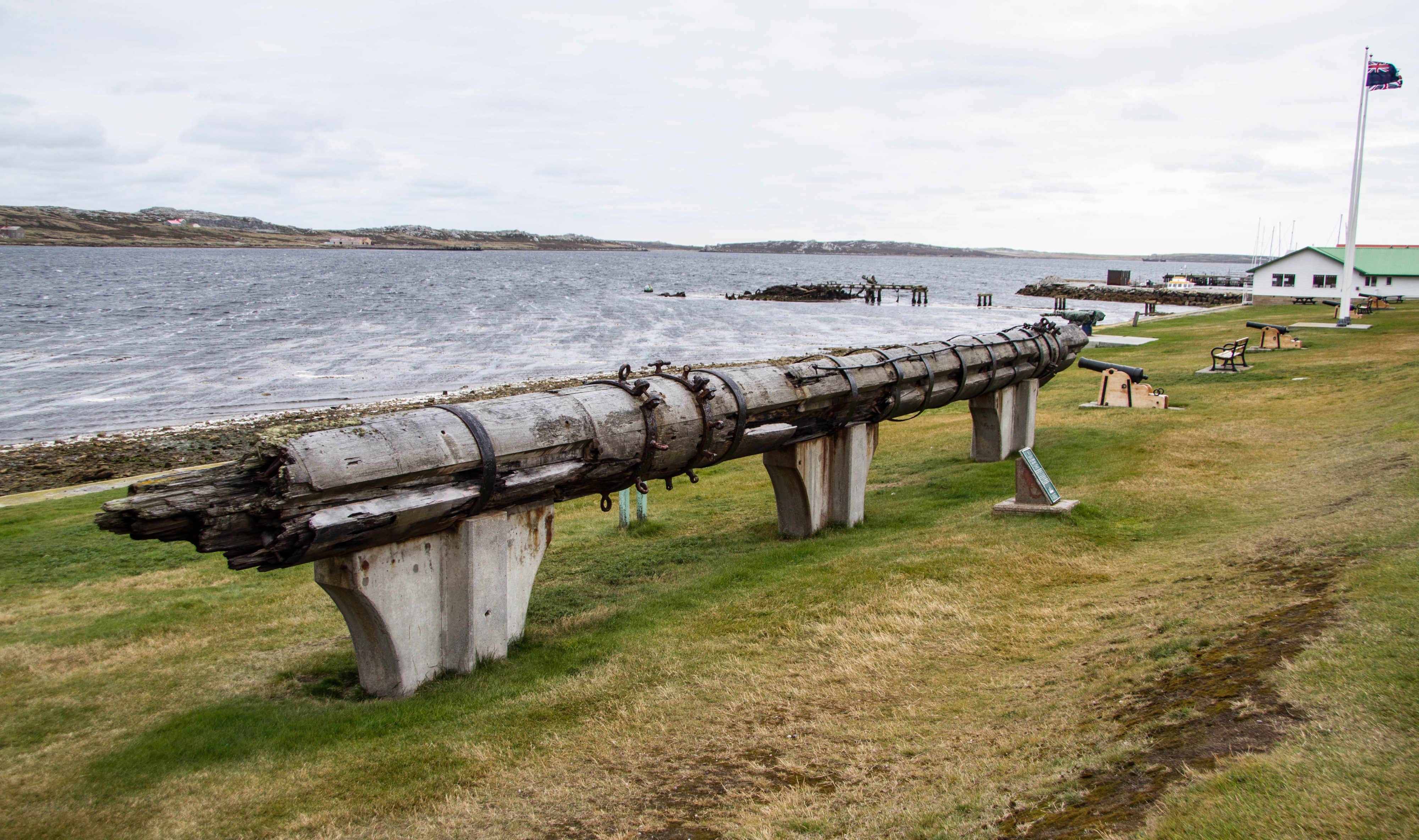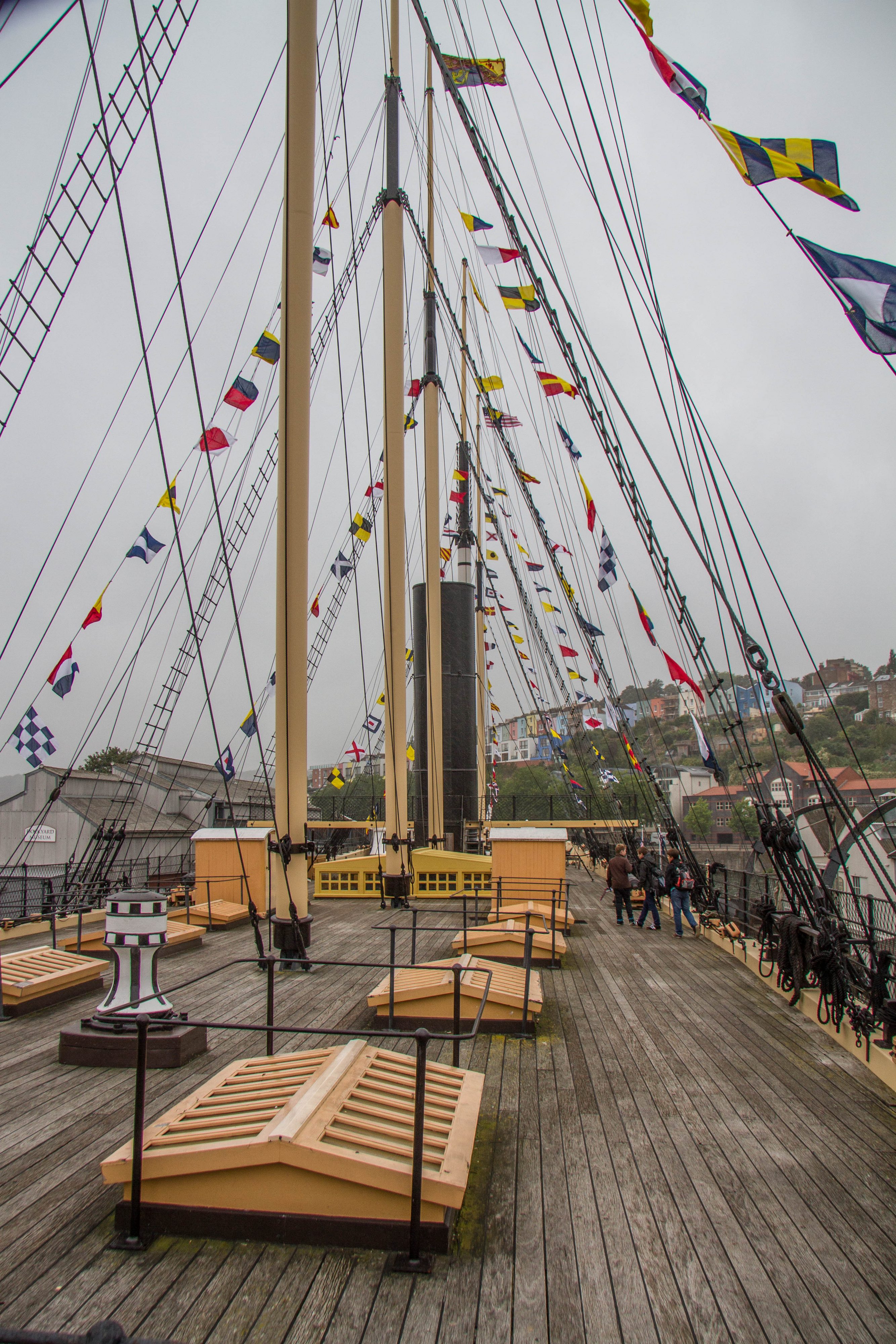A misty or even foggy day. Wind still howling around the hut and the Caracaras are nowhere to be seen. It seems that they do not like the bad weather. Generator now fired up for its morning hour of recharging our batteries and we have run out of staples of washing up liquid, and bleach.
300 photos taken and will be sorted on our return to the Macbook Air.
The fog lifts so we set out towards Elephant Point. Perhaps, the elephant seals will be there again. The Gentoos scatter as we thhread our way between the colonies. Tight knots of Magellanic penguins rush around in a boiling huddle as we pass. Individuals scatter to left and right, but not usually in the direction furthest away from us. They seem to have little sense. Striated Caracara spy us and run pell-mell to stop near our feet. Has their behaviour been changed by the use of food lures so that their ring numbers can be read and noted?
Onward, skirting between the beach and Mt Harston, we smell the Rock Cormorant colony before we espy them around the headland. No seals, just sheep and wet grass glistening with drops of moisture. No tussock grass either — it seems that the sheep have grazed it to extinction. It might come back if the sheep were to go. It seems that the restoration of this environment depends on the removal of that animal that is also implicated in floods caused by the rapid runoff of rainwater from the hills of Cumbria and other upland areas. Tussock does survive, but only in those small cracks in the cliffs, where the Black-browed Albatross nest and sheep cannot reach. The solution is obvious — the material cost is not.
Onwards, we trudge, regretting our choice of dry weather footwear. My toes squelch in tepid water, filtering through the permeable uppers. At last, one more headland and the fog comes down in earnest. The picnic is laid out, consumed and we retrace our steps.
Ghostly sheep loom out of the mist like a Conan Doyle novel, and they point our way to the beach. Sheep are not a species that I expect to see ambling along the beach. Nothing much for them to destroy here though and so back to the Gentoos returning from the sea. Krill seems to be a favourite food, judging by the red colour of their scat (is this the right term for penguin droppings?) As we hoover up the animal life in the oceans (I nearly wrote our oceans — but they are not just ours to use and despoil as we have the land) how much food will be left for the birds and mammals who live here?
Global warming is not a consequence of human activity, but of too many humans on this planet.
